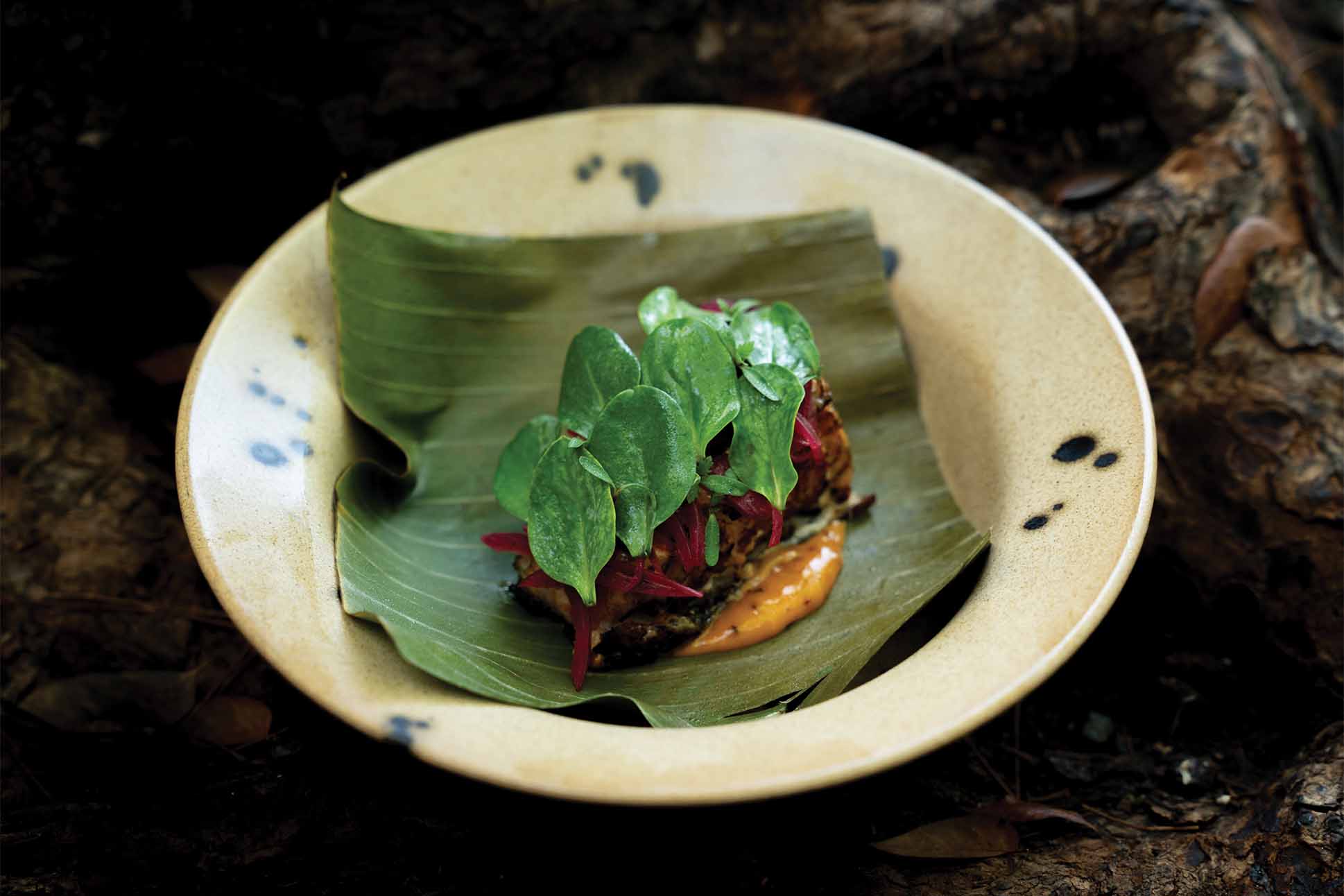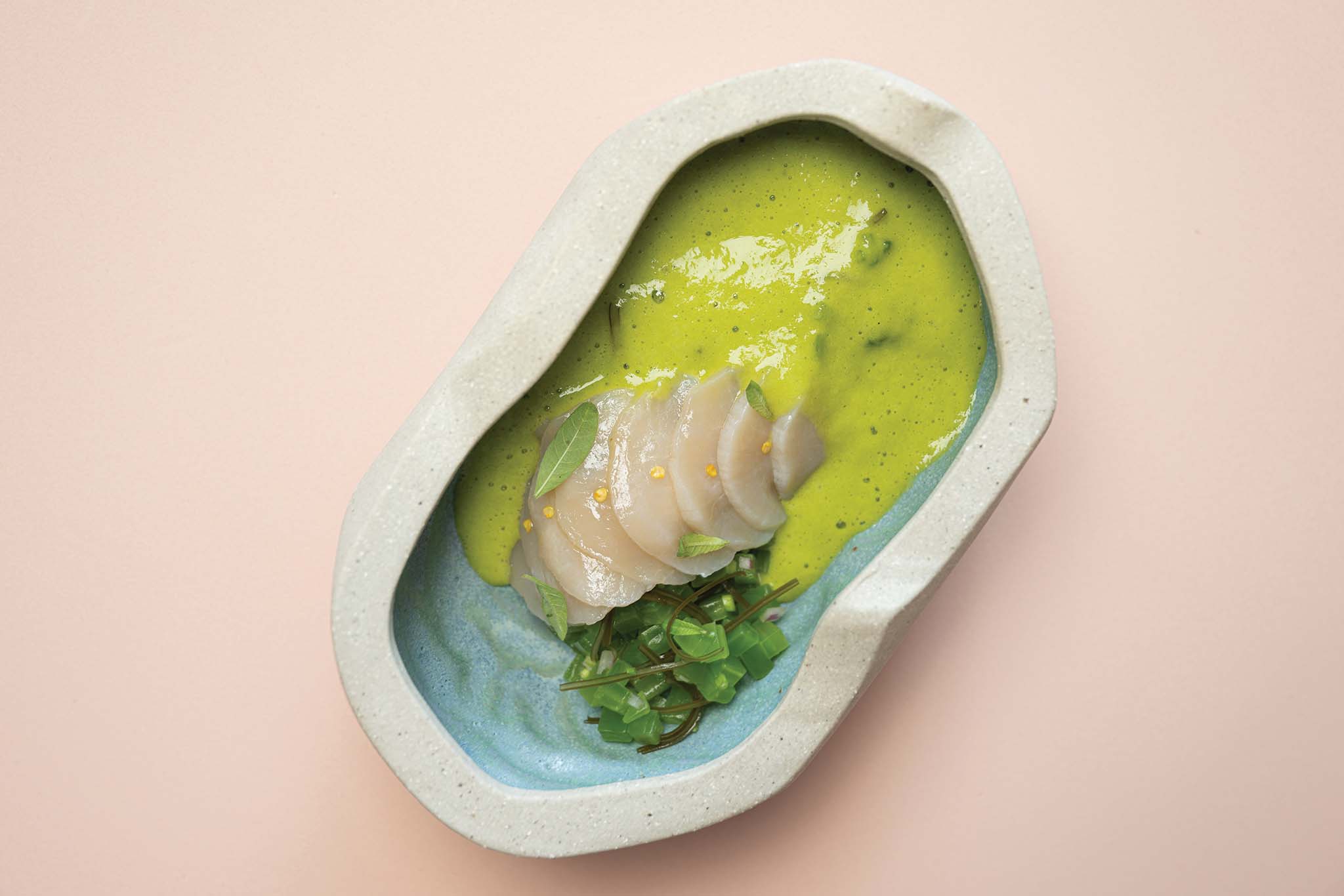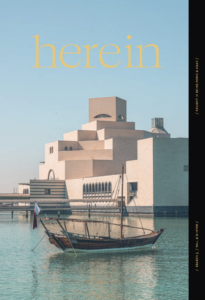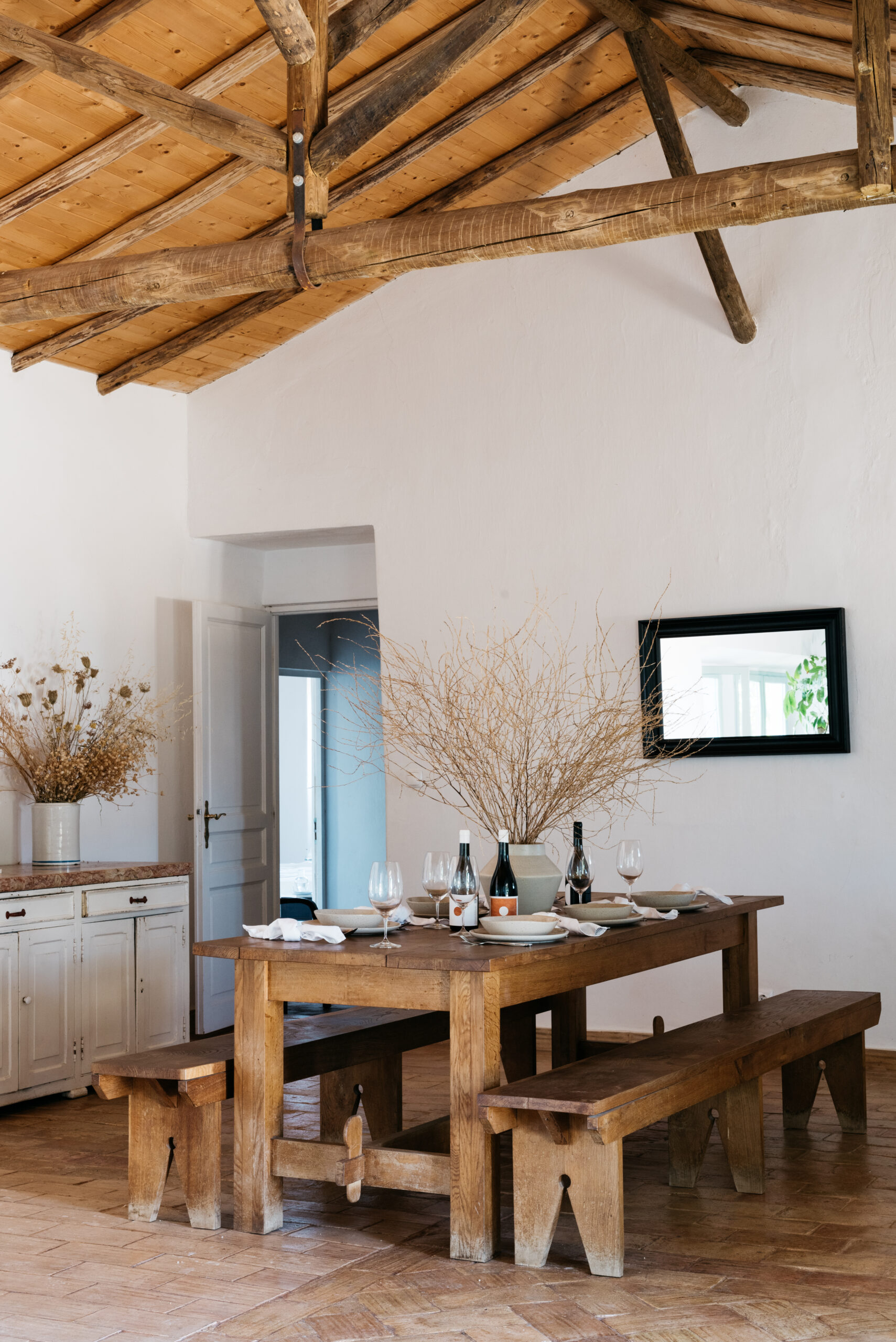By Oset Babür-Winter
Plating is no longer just a final flourish in the best kitchens around the globe—it’s a design decision. Like architects or sculptors, chefs are considering proportion, negative space, color theory, and texture hierarchy before a single ingredient hits the plate. The result: dishes that function as visual compositions, where every decision is as intentional as it is delicious.
Chef David Barata, who helms Michelin-starred Austa in Algarve, Portugal, decided to test his team’s ability to marry flavor and plating design by challenging them to come up with an “all-white” dish. They started with razor clams and peak-season white asparagus, adding house-fermented buttermilk as a sauce and finishing with a garnish of fermented white strawberries and yuba. “It was the most interesting dish we served all year,” Barata says. “Guests were super intrigued by the elements visually, but also because [the flavors] worked together so well.”


Despite the key role plating plays in the overall dining experience (you’ve probably heard the phrase “the eyes eat first,” or more recently, “the phone eats first” before someone in your party takes a few snaps of a particularly Instagram-friendly crudo), few chefs approach the process in the same way.
“I usually start with a feeling or a memory [because] the way we present the food should reflect that,” says chef Daniela Soto-Innes, whose new W Punta de Mita restaurant, Rubra, features a flaky tostada bejeweled with raw tuna, cucumber, and flowers from its garden. “The way we plate it feels like a little landscape: colorful, alive, and delicate, just like the garden that inspired it.”
On the flipside, at Manhattan’s buzzy downtown bistro Claud, plating comes toward the end of the development process for chef and co-owner Joshua Pinsky. “Our dishes are typically conceptualized based on an ingredient or a technique we’re excited about,” says Pinsky. “It can sometimes become a challenge because it is one of the last steps before it all comes together—or if we’re lucky, the fun part.”


While Pinsky’s team turns out plenty of eye-catching dishes, from a towering platter of mille-feuille with bright marigold tomatoes and gooey cheese, to ruby-red shrimp garnished with olive oil and served in a jet-black cast-iron pan for visual contrast, every plating decision is an opportunity to edit. “We’ll ask things like, ‘How much does this plate need?’ ‘How many ingredients go on it, and in the final iterations, how much can we take away?’”
Soto-Innes agrees. “The biggest challenge is knowing when to stop. It’s tempting to keep adding details, but sometimes the most powerful dishes are the most restrained.”
A trip to a museum or local gallery jump-starts the creative process for chef Sebastian Vargas of Michelin-starred Los Félix in Miami. “I get a lot of my inspiration from art itself,” he says. “You can see this in our grilled crab arepa, a dish currently on our menu. I was inspired by Yayoi Kusama, who plays with contrasting colors and dots. You can see a lot of that influence in the dish.”

Despite differing design approaches from concept to table, most chefs agree that plating forces a key conversation about how the different elements will realistically taste together, and how that impacts the overall dining experience. “In a perfect world, every bite is the perfect bite,” Pinsky says. “So if on one corner of the plate is X and the other corner of the plate is Y, and X and Y need to be on the fork to achieve deliciousness, I feel like I didn’t do my job.”
Barata agrees. “The careful distribution of the elements really matters,” he says. “The center [of the dish] is always where the guest will start, and how the guest experiences the dish is my main concern with plating.”




